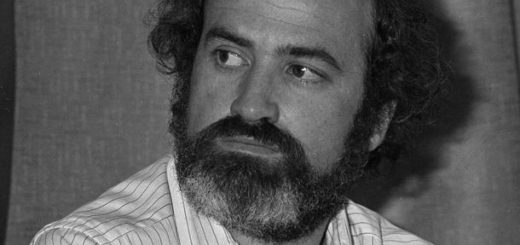Adieu Au Hulu: A Criterion Collection Retrospective
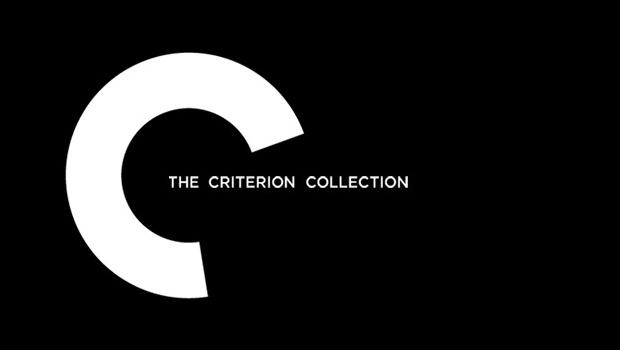
As of November 11th, Hulu will no longer be offering the Criterion Collection. What this basically means is that our entire Hulu watchlist will disappear in a little over a week (this also technically denotes the death of our Hulu subscriptions entirely). Will we get around to seeing everything we still desperately want to see? Probably not. But we can try. And so can you. Crossfader decided to compile a little list of films you should absolutely check out before the collection heads on over to the new art-house streaming platform, Filmstruck, a service that is sure to give Fandor a run for its money. There’s no way of possibly mentioning every phenomenal film on the Criterion Collection, but here are a select few must-sees that are either hard to find outside of the Criterion database or are particularly close to our hearts.
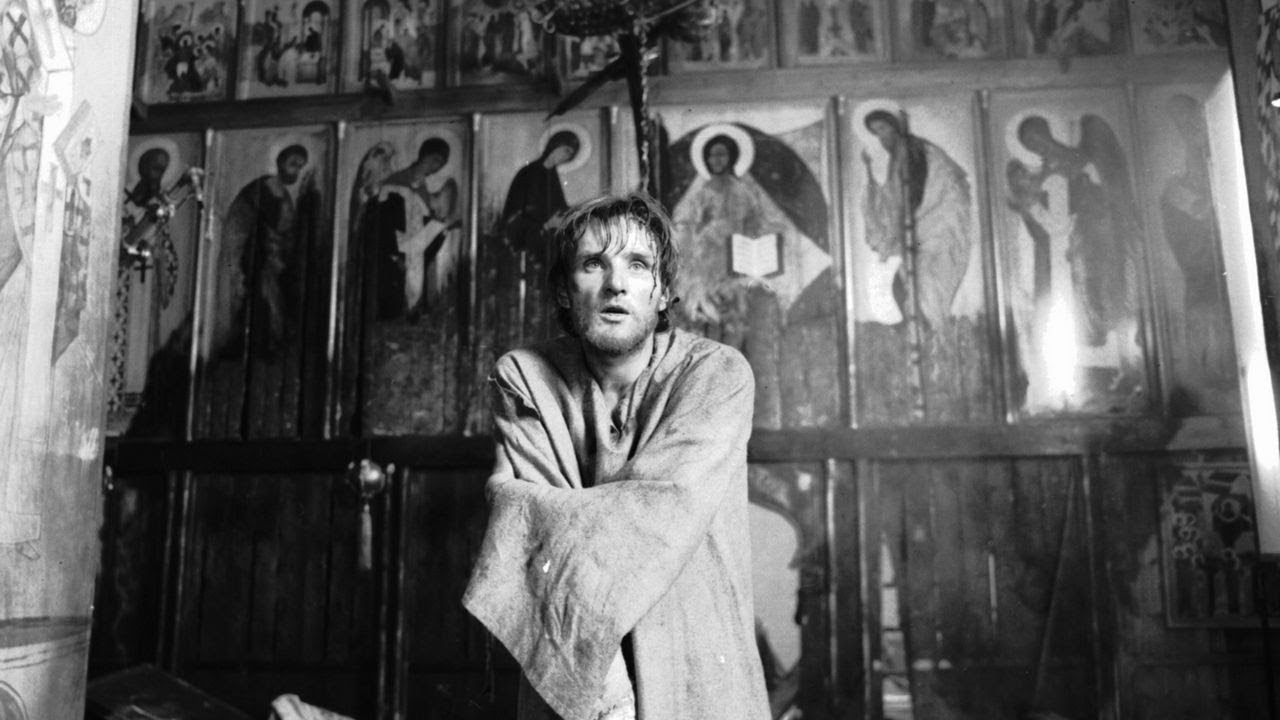
Source: Screenshot from ANDREI RUBLEV
ANDREI RUBLEV (Dir. Andrey Tarkovsky)
An immensely intense journey from legendary director Andrey Tarkovsky that was immediately held under scrutiny by Soviet censorship, ANDREI RUBLEV follows the titular iconographer’s travels through a Medieval Russia rife with conflict and hardship. Rublev helplessly watches as nearly every one of his friends and colleagues either have their hopes dashed or are mercilessly slain by the invading Tartan army. Even his attempts at upholding Christian values and being in God’s good graces are tragically defeated. Yet in the face of it all, Rublev continues to paint the beautiful icons that became so deeply ingrained into Russian culture that they even pervaded the region despite the spread of staunch Soviet atheism. Though the film is profoundly depressing and may even push some viewers to the point of tearful exhaustion along its dense, three-hour runtime, ANDREI RUBLEV is a beautiful ride well worth taking even for non-believers. [Alec Larios]
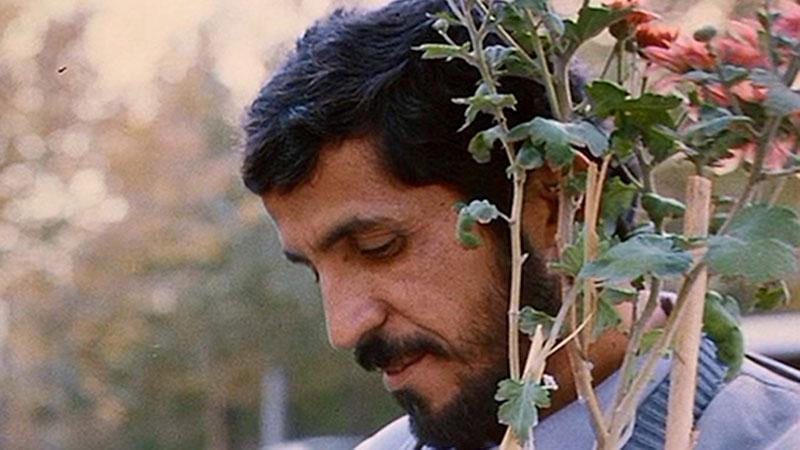
Source: Screenshot from CLOSE-UP
CLOSE-UP (Dir. Abbas Kiarostami)
With the passing of Abbas Kiarostami, cinema arguably lost the most human director to ever put his eye to the viewfinder. And while I could easily fill this list with nothing but Kiarostami films, I don’t think he’d want me to. So instead I’ll direct you to CLOSE-UP, and encourage you to follow up on the rest of his filmography if it grabs your attention. The mere proof that films can be this forgiving is one of the most therapeutic epiphanies I’ve had as a cinephile. CLOSE-UP is so many things, but what perhaps resonates with me most is that it is, in and of itself, an act of empathy. The build to the heartbreaking climax is an absolute showstopper, and the final freeze-frame is perhaps the single most evocative image frozen on celluloid. Without giving too much away, Kiarostami has given a voice to a tortured soul, and in doing so, redeemed him and set his spirit free. This goes beyond filmmaking. This is liberation. [Sergio Zaciu]

Source: Screenshot from FALL GUY
FALL GUY (Dir. Kinji Fukasaku)
Get your buddies together: FALL GUY is the undisputed champion of raw entertainment, a film that sticks out like a sore thumb in the Criterion collection due to its sense of sheer fun amidst a catalogue of heady cinema. In a rip-roaring portrayal of Japan’s film industry, director Kinji Fukasaku tracks the Shakespearean love triangle between a celebrity, his impregnated girlfriend, and a loyal stuntman. It’s a meditation on our place in society and deeply profound. But perhaps its most impressive accomplishment is its impeccable production design. Where most films coast by on pretty set dressing, FALL GUY is flat out gorgeous, an orgasmic display of colors meticulously arranged and ornamented to bolster the emotional ebb and flow. It is, without a shadow of a doubt, one of the most picturesque examples of staging ever put to screen. [Sergio Zaciu]
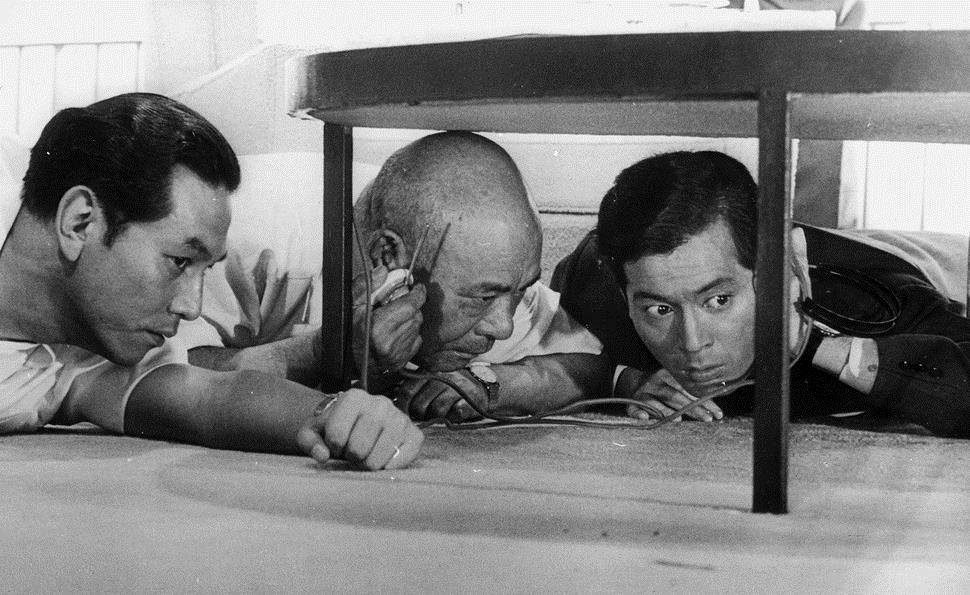
Source: Screenshot from HIGH AND LOW
HIGH AND LOW (Dir. Akira Kurosawa)
I will forever proclaim that Akira Kurosawa’s HIGH AND LOW is the greatest noir that Hitchcock never made. Through its assertive, confident direction, this investigative thriller is some serious, next-level filmmaking, especially for 1963. Entertaining and high-octane, HIGH AND LOW elegantly constructs a universe of men fueled by self-interest, perfectly dictating what we anticipate. But in a transcendental spin on the mystery genre, it plays with our expectations, and has us frazzled by its spiraling conspiracy. The most abrasive action is entirely front-loaded here. This is a particularly unique narrative structure: What’s at first a stage play spirals into a riveting action film, then turning into a slow-burn detective thriller. The film begins with such traditional theatrics, easing you into a single geographical location with such ease, that you anticipate never leaving the building for the whole film. Next thing you know you’re on a train, then jumping through various neighborhoods, slums, and clubs searching for a suspect. It’s brilliant and absolutely riveting, confidently cementing itself among Kurosawa’s very best features. [Sergio Zaciu]
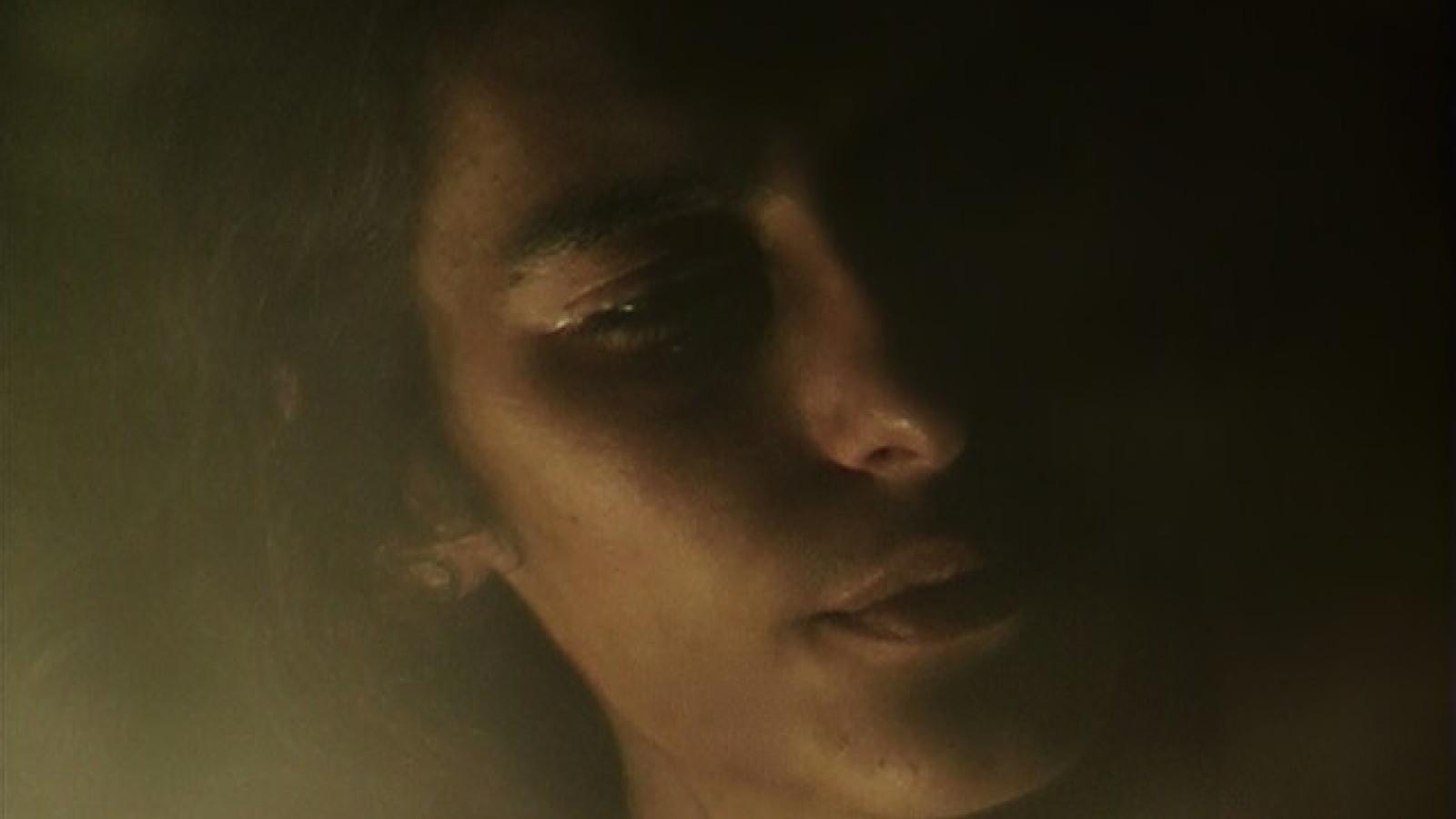
Source: Screenshot from IN VANDA’S ROOM
IN VANDA’S ROOM (Dir. Pedro Costa)
For those who, like me, found themselves frustrated with the recent AMERICAN HONEY (2016), you may find yourself more in-tune with Portuguese filmmaker Pedro Costa’s IN VANDA’S ROOM (2001). Like Andrea Arnold’s 2016 release, this is a three-hour epic chronicling the lives of the impoverished, with the attention here on the disappearing slums in Lisbon. Yet where Arnold’s camera turns the plight of the lower-class into a feast for her bourgeois audience, Costa’s work is a grim document in the spirit of Millet and Alan Clarke, uncompromising in its depiction of poverty and unwilling to become the object of fetishization. Made in collaboration with the actors from his previous picture, OSSOS (1997), IN VANDA’S ROOM marks a significant turning point in Costa’s career: Abandoning large crews and celluloid for small, three-person teams and low-fi digital cameras, Costa enters into pockets of society deliberately overlooked by the middle and upper class, intent on not only sharing their stories and their plight, but also forcing audiences to look at a world they so often ignore. [Jonathan Mackris]
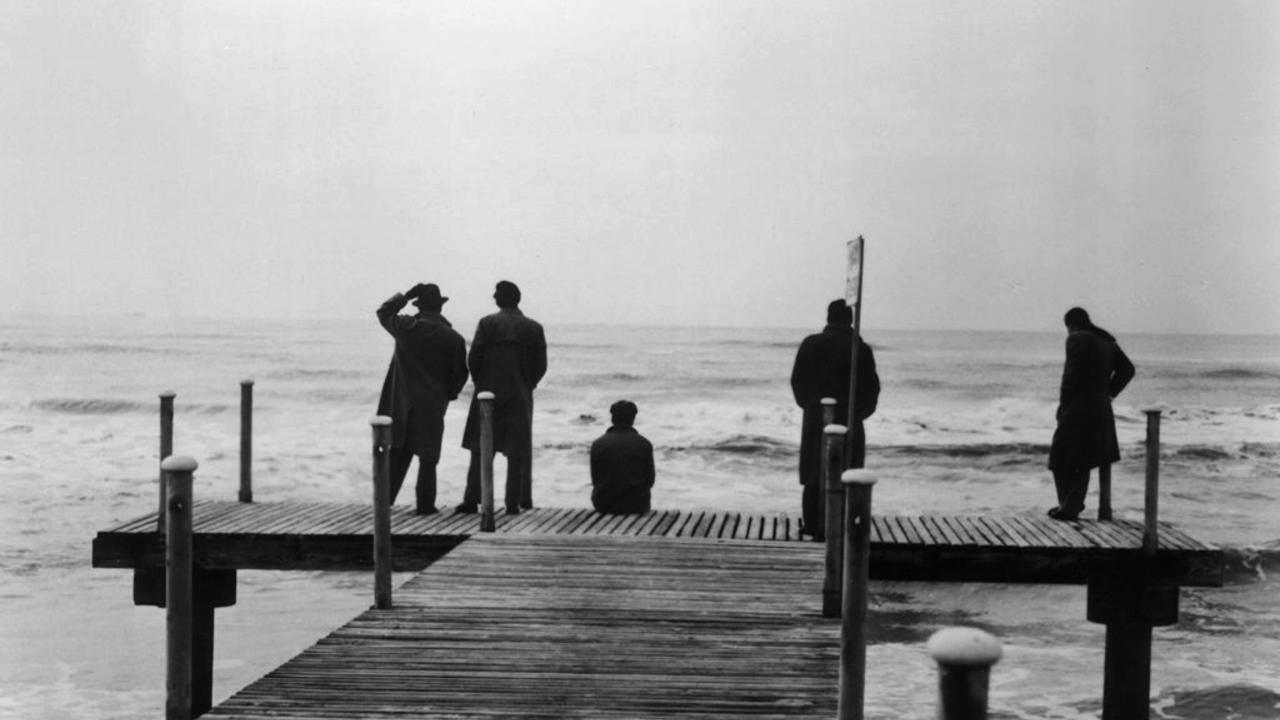
Source: Screenshot from I VITELLONI
I VITELLONI (Dir. Federico Fellini)
If you ever called yourself a fan of AMERICAN GRAFFITI, MEAN STREETS, DAZED & CONFUSED, or even EVERYBODY WANTS SOME, then you have absolutely no right to not have seen Federico Fellini’s I VITELLONI. The progenitor to the aforementioned films, this ensemble piece follows a group of young Italian men on their quest to grow up and leave their small hometown. It is a nostalgic portrayal of youth and among Fellini’s most tender portraits. Its understanding of human interactions, memory, and humor amidst drama make for one of the most empowering cinematic experiences on the Criterion collection, and while Fellini’s entire catalogue is certainly worth a gander, I VITELLONI is a film so human and raw that you’d be remiss to not explore it while you’re still young (if only so that you can one day revisit it when you’re old). [Sergio Zaciu]
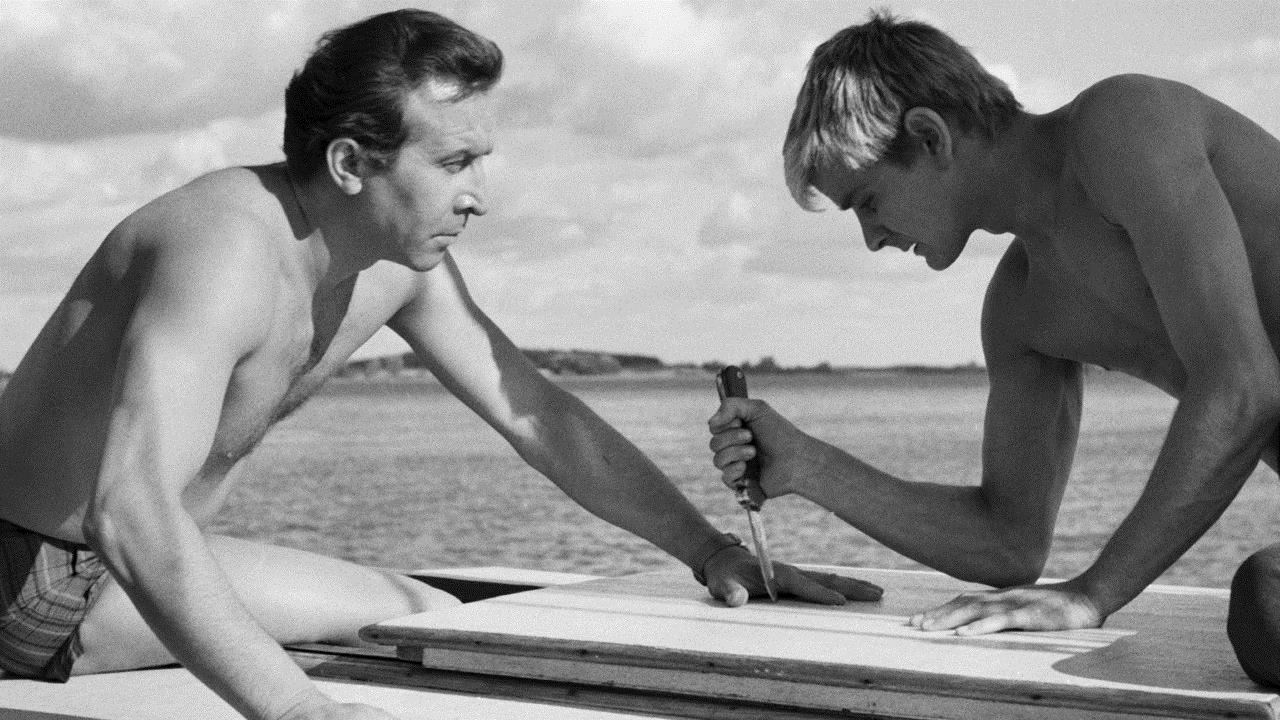
Source: Screenshot from KNIFE IN THE WATER
KNIFE IN THE WATER (Dir. Roman Polanski)
A fun little piece of trivia: Back when IDA won the best-foreign language Oscar in 2015, Poland claimed their first Oscar win since the release of Roman Polanski’s debut feature, the 1962 drama KNIFE IN THE WATER. And what a deserved win it was. This low-budget power-play is feverishly alive with eroticism, lust, and jealousy, a beautifully provocative meditation on ‘60s sex, machismo, and masculinity. In a brilliantly simple love triangle, Polanski provokes such visceral emotional responses from his miniscule cast by confining them to a tiny sailboat, rendering them vulnerable to each other’s physical and verbal rhetoric. If KNIFE IN THE WATER does it for you, I would highly suggest scouring through the rest of Polanski’s catalogue, notably his criminally underrepresented CUL-DE SAC. Polanski proves just how much can be done with little, and that even a low-budget debut can be as cinematically intricate as a studio feature. [Sergio Zaciu]
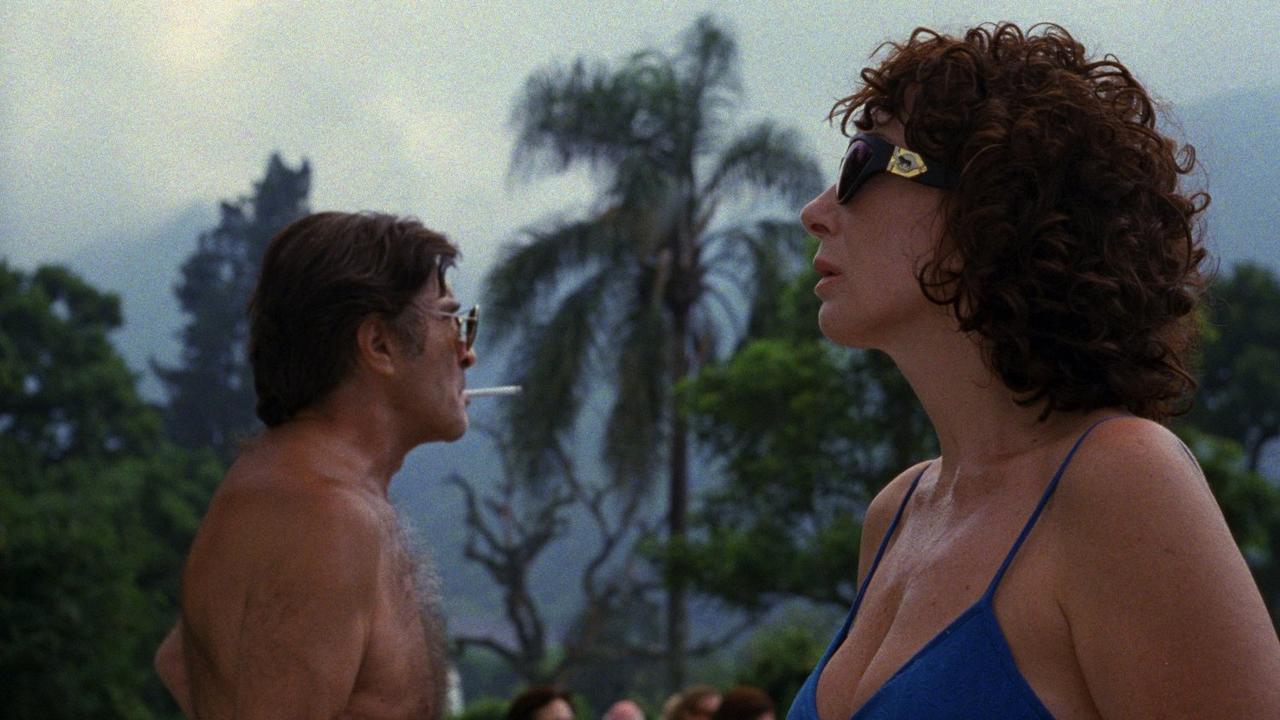
Source: Screenshot from LA CIENAGA
LA CIENAGA (Dir. Lucrecia Martel)
One of the many titles worth viewing on Hulu before the move to FilmStruck is the debut feature from Argentinian filmmaker Lucrecia Martel, LA CIENAGA (2001). Among my personal picks for the best films of the 21st century so far, LA CIENAGA is a perfect demonstration of why Martel is one of the most important new voices in contemporary cinema. Though certainly cynical, Martel’s greatest triumph is her trust in her audience; where other filmmakers revel in mindless extremity and shock to impress their audiences, her psychological drama is entirely inferential. As terribly dirty as the film is, everything is insinuated and left to the intelligence of the audience (including the suggestion of incest which looms throughout). And this says nothing about her impeccable sound, perhaps the most unique component of her formalistic attitude. [Jonathan Mackris]
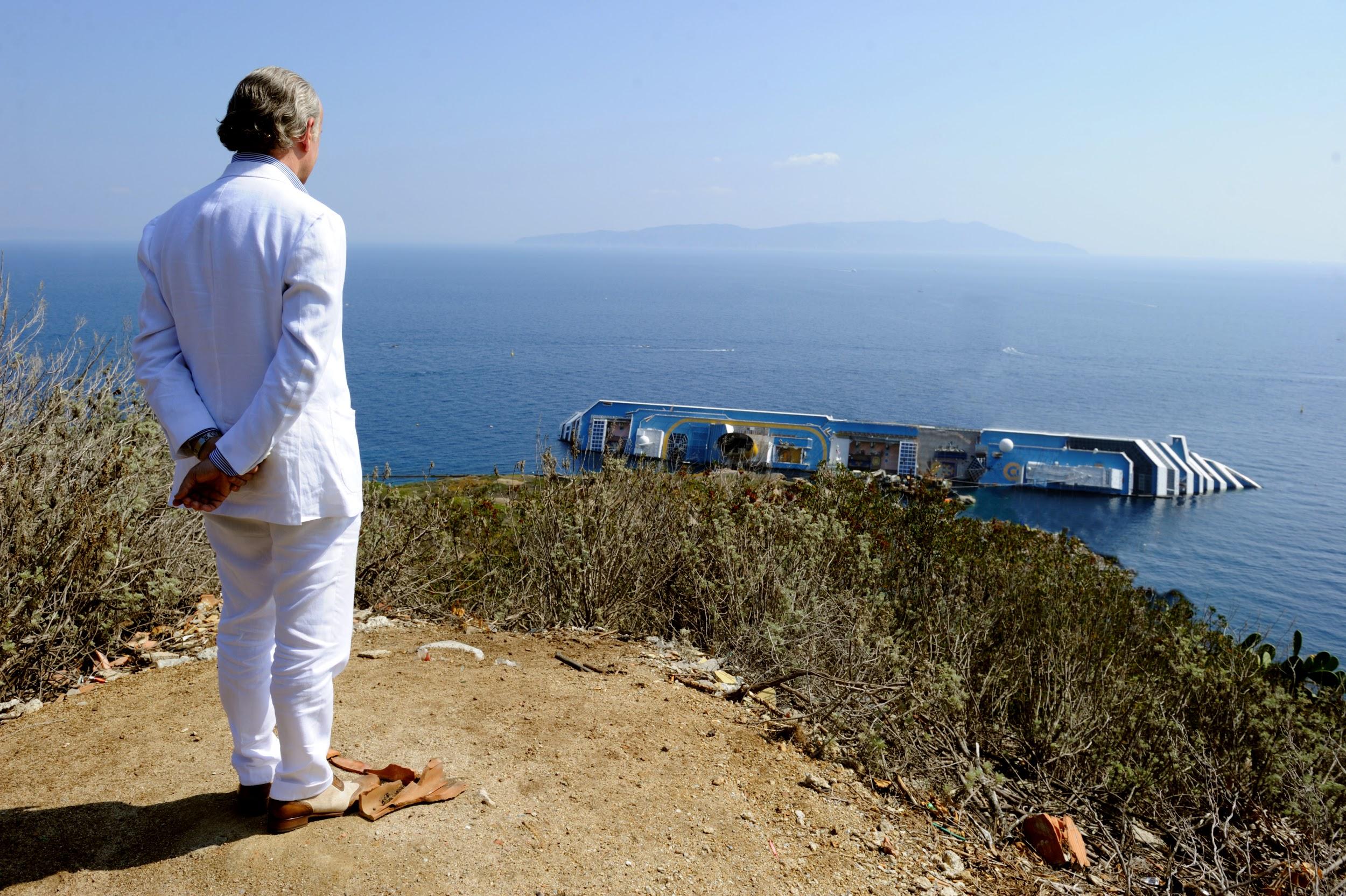
Source: Screenshot from LA GRANDE BELEZZA
LA GRANDE BELEZZA (Dir. Paolo Sorrentino)
I know I just told you to watch a Fellini film, but if you care to examine the development of cinematic language at all, then you’re going to stop, do your homework, watch Fellini’s LA DOLCE VITA, and promptly follow it up with a viewing of Paolo Sorrentino’s Oscar-winning foreign-language feature, LA GRANDE BELEZZA. In this vivid portrayal of contemporary Rome, Sorrentino has painted his canvas with all the colors of modern Italian culture, cascading from its gorgeous history to its exuberant nightlife with an assertive punch. This is a love letter to Italy, a love letter written by a man who has accepted that Rome will continue to live long after he is six feet under. It’s an embrace of mortality, and a celebration of age. It’s sexually alive and feverishly cheers on its ecstatic culture. LA GRANDE BELEZZA is as much a sensory experience as it is a religious one. A trip through time, both in the eyes of history and age. It is, by all accounts, a masterpiece. [Sergio Zaciu]
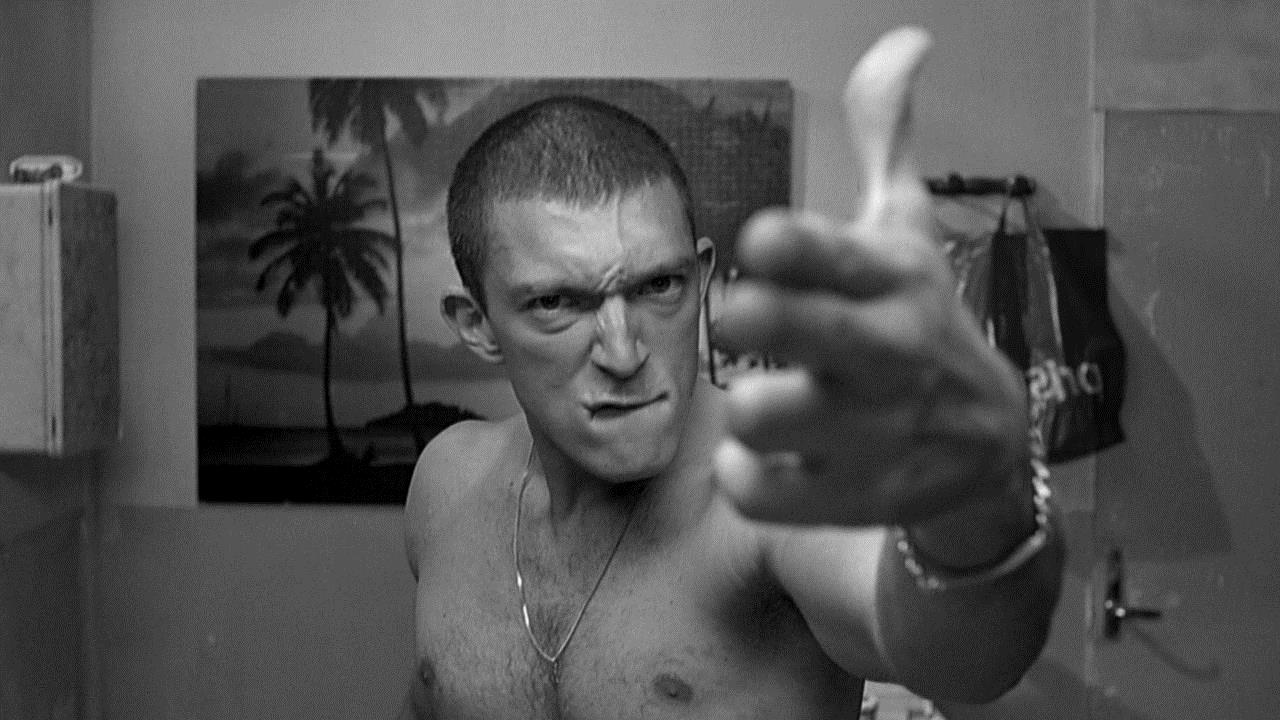
Source: Screenshot from LA HAINE
LA HAINE (Dir. Mathieu Kassovitz)
There’s unflinching, and then there’s LA HAINE. In what is a heart-stopping time bomb of a film, this French drama tracks the fates of three young men that roam the ghettos of Paris’s suburbs in the wake of a peer’s unwarranted beating by the police. Travelling from one tenement of government housing to the next, LA HAINE explores social customs, modern slang, and a desire for power and masculinity in the aftermath of government oppression. The bitter taste of feeling disrespected by law enforcement and authority lingers so deeply that it pulsates deep in the film’s undercurrent, gripping the viewer’s attention with a grip so firm that your head might just burst before the film is over. [Sergio Zaciu]
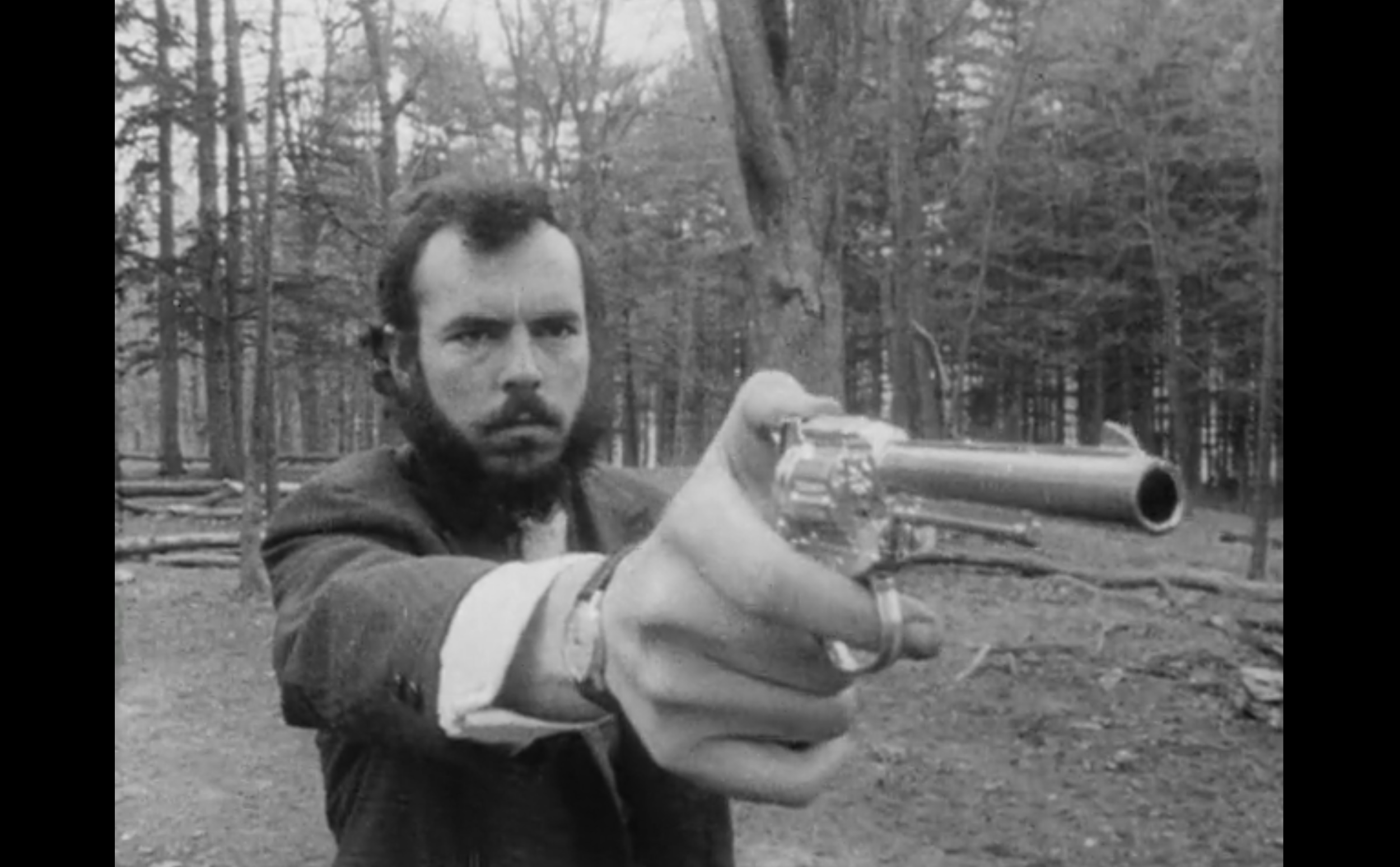
Source: Screenshot from NO MORE EXCUSES
NO MORE EXCUSES (Dir. Robert Downey Sr.)
It’s a shame that Robert Downey Sr.’s work doesn’t get the attention it deserves outside of PUTNEY SWOPE (1969), as it is some of the most refreshing stuff to come out of New York City in the 1960s. Downey ran with an avant-garde crowd in Greenwich Village and it shows: In each of these early comedies exists a surreal, experimental undertone that motivates the work. NO MORE EXCUSES (1968), perhaps my favorite of his films (although this title changes from time to time between any of his first three features), is a composite of six or so main narrative threads, all united by their interest in sex and the sexual revolution. If anything, it demonstrates a freewheeling spirit that feels disappointingly absent from American independent cinema, a defiant bit of anarchy unlike anything else. [Jonathan Mackris]
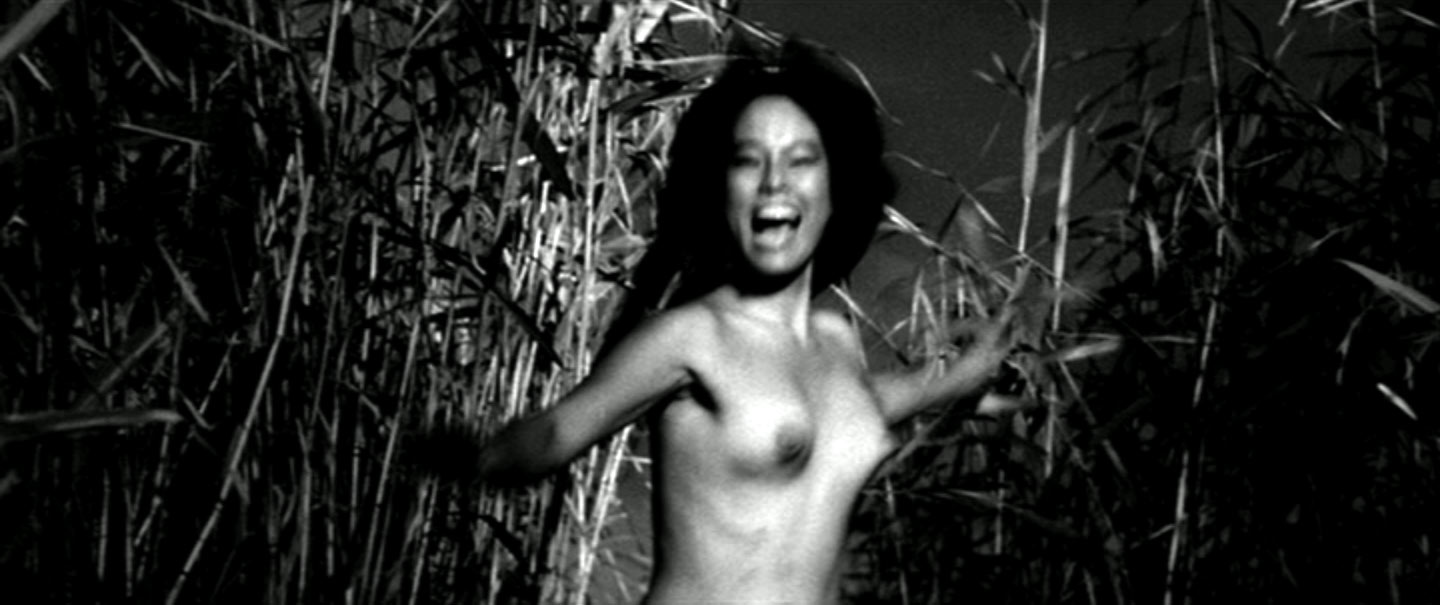
Source: Screenshot from ONIBABA
ONIBABA (Dir. Kaneto Shindo)
Art and exploitation meet at a fragile junction in Shindo’s most renowned work. A contemplative piece on morality, but also pure samurai schlock, ONIBABA is a film so assured that it borders on smugness: This is a movie that knows it’s good. Following a female scoundrel duo in 14th century Japan, ONIBABA is essential for its bevy of splendors. Looking for a psychosexual, Freudian lust triangle? Perhaps a transformational monster movie? A theatrical opera of desperation and devastating loneliness? ONIBABA has you covered. Frequent Shindo collaborator Hikaru Hayashi’s score, booming with pulsating drums and blaring trumpets, is an all-timer. A still wide as the two women organize their spoils from a recent corpse looting and rest in bed, all scored with the most blood-pumping percussions is a personal highlight. As naked, free, and rebellious as two lovers streaking through the lakeside reeds. As vengeful, devious, and playful as a lone masked assassin laying waste to and benefiting from all the men who prompted her anguish. Are there demons on this world? Sure there are, and they are no different than you or me. Don’t you ever forget it. [Kevin Cookman]
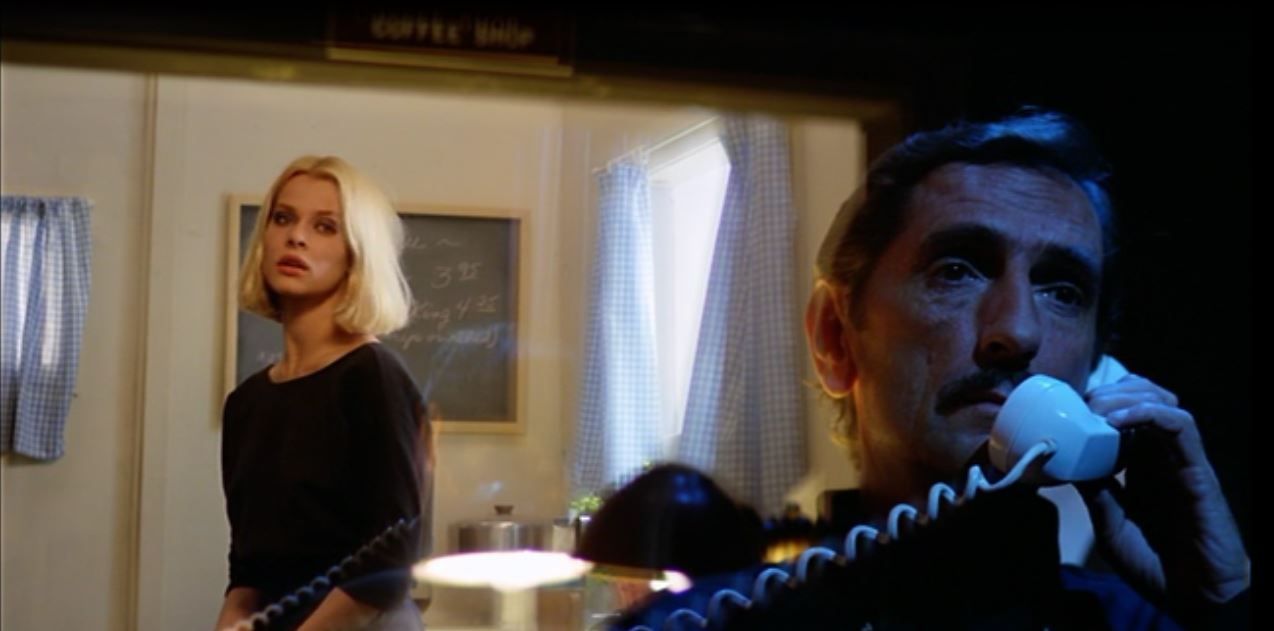
Source: Screenshot from PARIS, TEXAS
PARIS, TEXAS (Dir. Wim Wenders)
The first time I ever saw Wim Wenders’s PARIS, TEXAS, I was inside of a college theatre. As the film ended, tired students seemed wildly underwhelmed. Frankly, I don’t blame them: PARIS, TEXAS demands an immense amount of time and patience. It is a long, laborious journey, but one that is so emotionally rewarding that it will dissect you and sew you back shut by the time the credits roll. If you are willing to commit your undivided attention to Wenders and cinematographer Robby Müller’s 150-minute epic, then it will certainly be among the best films you’ll ever see. As I exited the theatre, my friends tried to start up a conversation with me, but I was so enchanted, so emotionally distraught by the depth of Wenders’s portraiture, that I had nothing to say. I quietly muttered “I think I have a new favorite film”, and since then, nothing has been the same. [Sergio Zaciu]
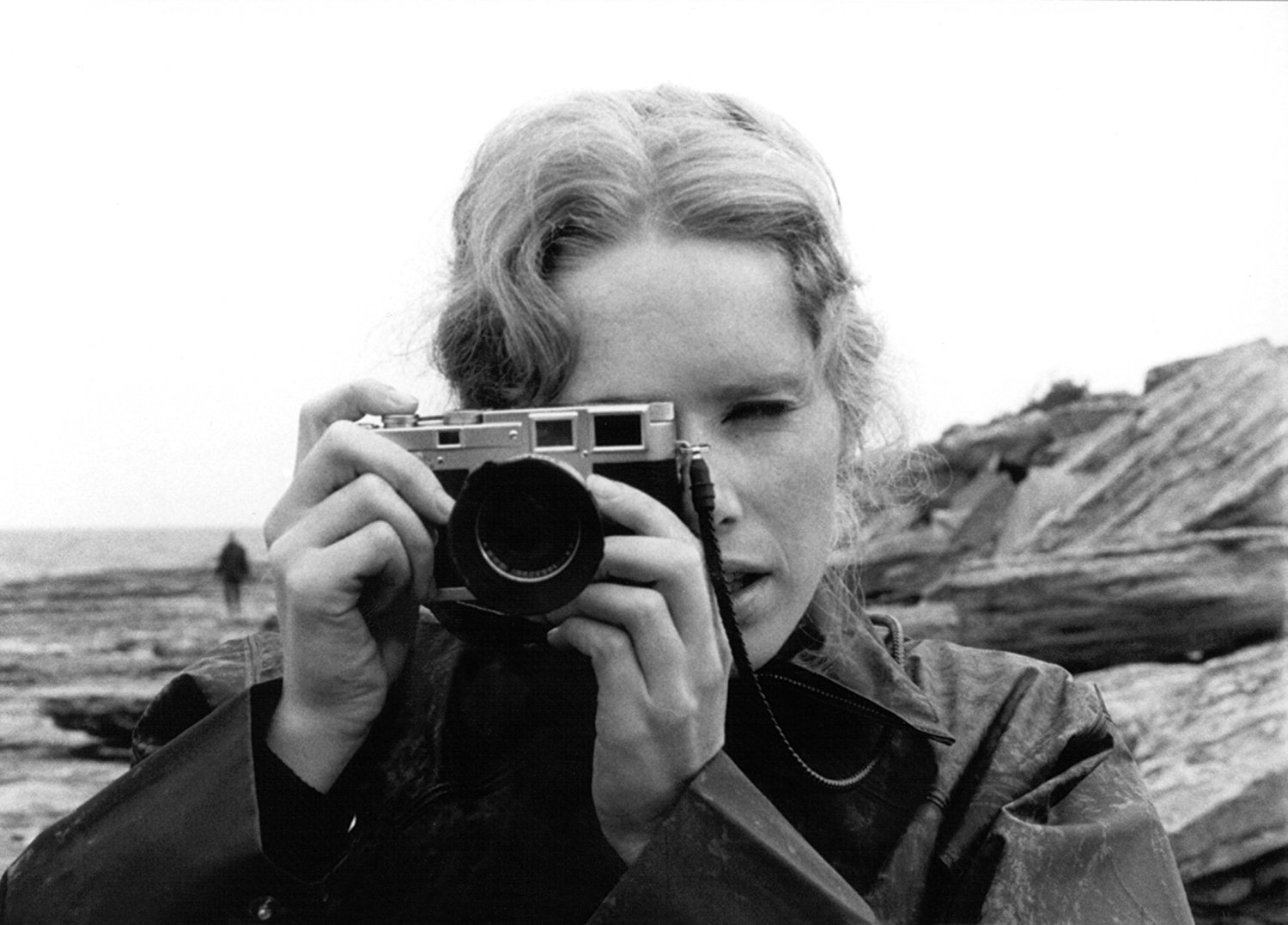
Source: Screenshot from PERSONA
PERSONA (Dir. Ingmar Bergman)
I’m not gonna say that David Lynch couldn’t have made MULHOLLAND DRIVE without Bergman having paved the way with PERSONA, but I’m also not saying that. In a surreal, erotic game of cat and mouse, our understanding of spectatorship and relationship is put to the test. Using nothing but his two expressive lead actresses and a vivid array of deeply psychological iconography, PERSONA is arguably the genesis of dreamlike cinema. It’s harrowingly beautiful, but also hauntingly terrifying, fusing elements of horror and romance in ways that even the most established art-house directors would die to accomplish. PERSONA is a striking film, roaring with emotions and filled with complex, symbolic imagery. One watch won’t suffice to truly understand just how unprecedented an achievement this is, but before it leaves Hulu for good, I’d suggest you at least take it in once. [Sergio Zaciu]
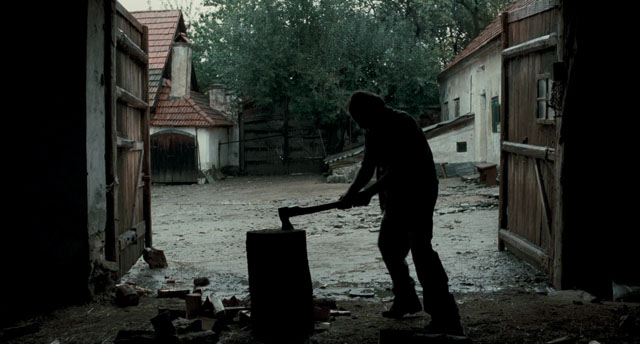
Source: Screenshot from REVANCHE
REVANCHE (Dir. Götz Spielmann)
Most probably haven’t even heard of Austrian director Götz Spielmann or his foreign-language drama, REVANCHE. But what always caught my attention about Spielman’s film is just how unusual of an entry it is in the Criterion catalogue. This is an unrelenting portrait of a man’s internal quest for vengeance. Unlike most Criterion films, this is one you can also show your friends that aren’t film buffs, but its psychological depth is what really makes for a worthwhile experience. This is a powder-keg cinematic accomplishment, a slow-burn thriller a la Haneke that intentionally trades in an explosive climax for an emotional one. Spielman brilliantly forces viewers to face the harsh reality that sometimes bad luck is just part of the game. [Sergio Zaciu]
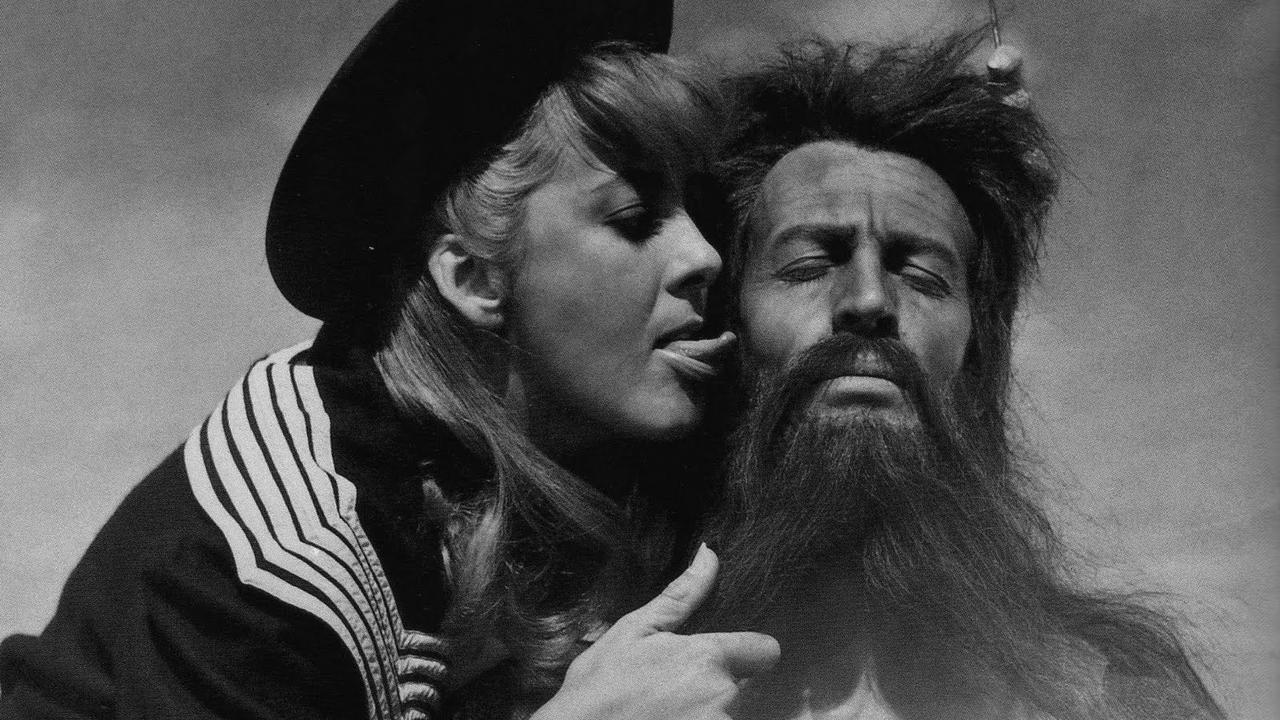
Source: Screenshot from SIMON OF THE DESERT
SIMON OF THE DESERT (Dir. Luis Buñuel)
Of the 300 or so films I watched for the first time this year, few have left as intense an impression on me as Buñuel’s SIMON OF THE DESERT. Even at a brief runtime of 45 minutes, this little feature packs a major punch. Though many will note Buñuel’s cheeky humor here, I must say that I personally connect to it for its tragedy rather than comedy. In depicting a man whose faith is pushed the limits, Buñuel offers a very modern look at spirituality in the modern age, plagued by hypocrisy, sin, and indifference. Although originally intended as a much longer feature, I quite prefer its short length, which enables an obvious visual symmetry between the different time periods and locations. [Jonathan Mackris]
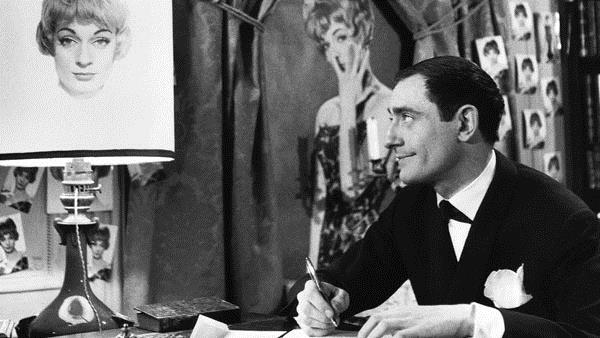
Source: Scrrenshot from THE SUITOR
THE SUITOR (Dir. Pierre Etaix)
With Etaix’s passing just a few weeks prior, I would be remiss not to mention my favorite of the few films I’ve seen of his thus far, THE SUITOR (1962). Where Jacques Tati’s worlds are massive in scale (culminating in the enormous 1967 film, PLAYTIME), THE SUITOR is a far more intimate affair. And yet, while simpler in execution, THE SUITOR has the upper hand insofar as performance is concerned, perfectly recreating the comedy and physical performance of a Keaton film better than any other film I’ve seen. Etaix’s pantomime is second to none, resulting in a refreshing display of physical comedy in line with the best of the silent slapsticks that precede it. [Jonathan Mackris]
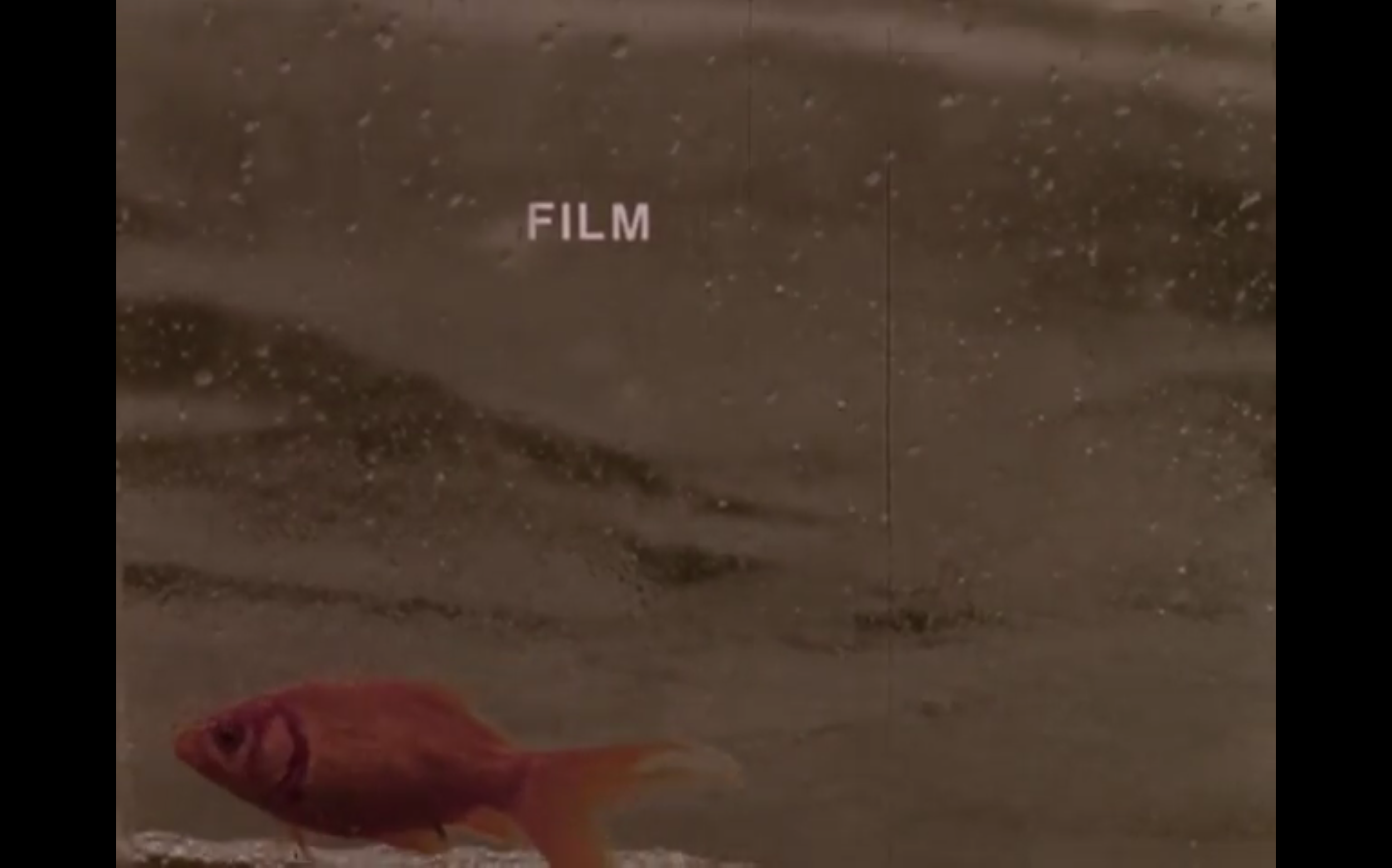
Source: Screenshot from SURFACE TENSION
SURFACE TENSION + Other Frampton Shorts (Dir. Hollis Frampton)
If there is one area I wish Criterion would devote more attention to, it would be experimental film. While I patiently await a release of a restoration of Michael Snow’s films (a boy can dream!), I am very pleased with how accessible they have made much of Hollis Frampton’s work. As a structuralist filmmaker, Frampton’s films are not going to be for everyone; his cinema foregrounds distinct formal traits over any comprehensible narrative, to the chagrin of many viewers (my first viewing of his, LEMON (1969), a film in which a lighting fixture rotates around a lemon for nine minutes, was met with many groans from an irritated audience around me). And yet, for those with more liberal tastes, Frampton’s work is nothing short of brilliant, showcasing a thoughtfulness towards cinema and its faculties that made Frampton stand out even amongst his talented peers. SURFACE TENSION is perhaps my favorite of the shorts I’ve seen thus far (across the nine minute runtime, Frampton isolates the three main characteristics of mainstream cinema — time, space, and narrative — to present us with the medium in its most naked form), though any of the Frampton shorts are well worth your time. For those who consider dabbling in the avant-garde, there is no better place to start. [Jonathan Mackris]
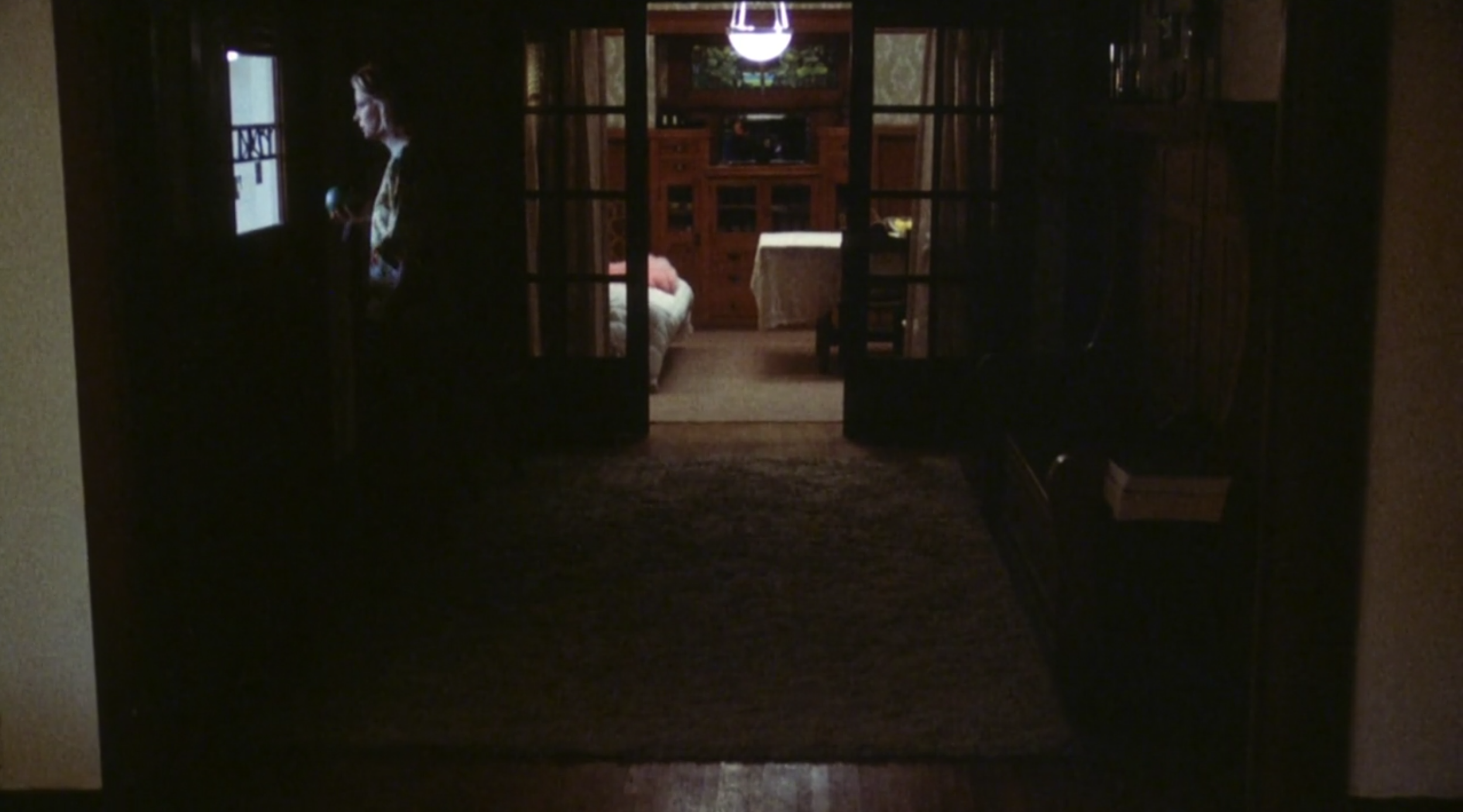
Source: Screenshot from A WOMAN UNDER THE INFLUENCE
A WOMAN UNDER THE INFLUENCE (Dir. John Cassavetes)
The crackling, electric, almost cat-like performance Gena Rowlands gives in A WOMAN UNDER THE INFLUENCE is truly one of a lifetime. Quite literally, in fact; Cassavetes originally wrote the role for Rowlands to perform in a play, but Rowlands said the performance would simply be too emotionally taxing to take on night after night. It’s clear she made the correct choice, because Rowlands delivers arguably one of the greatest performances in American cinematic history. At the height of his formidable prowess as an independent auteur, Cassavetes reigns in scenes with a deftness and power which could easily be strained or overwrought in less capable hands. There are no wasted frames, every cut has purpose, every gesture carries intention; this is a tour de force in the purest of terms. And then there’s the subject matter itself: the mental illness of a mother and the impact it has on her family. It’s difficult to call to mind another film that tackles the same material with such compassion, nuance, and gut-wrenching honesty, and perhaps there will never be one. This is a cinematic gift of the highest order, I cannot recommend it enough. [Carter Moon]
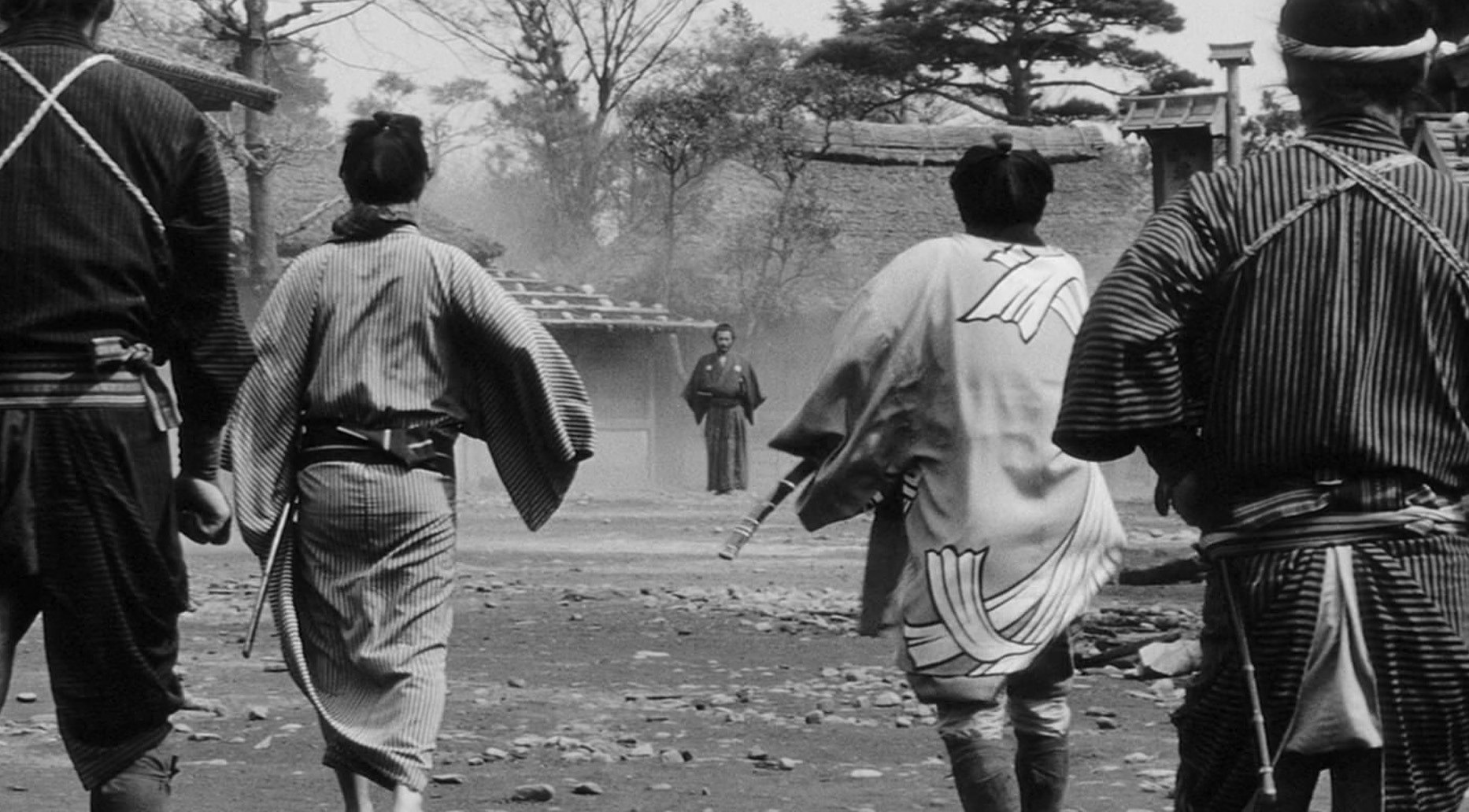
Source: Screenshot from YOJIMBO
YOJIMBO (Dir. Akira Kurosawa)
Let’s face it, we’d be remiss not to include at least one of Kurosawa’s samurai films in this extensive list. And while SEVEN SAMURAI is the obvious contender for your attention, I’d like to direct you towards YOJIMBO. While the discussion of Kurosawa’s influence on Hollywood westerns has been had time and time again (notably SEVEN SAMURAI and THE MAGNIFICENT SEVEN’s direct correlations), I’d like to advance the discussion a little more and remind you just how influential YOJIMBO was in getting Sergio Leone’s FOR A FISTFUL OF DOLLARS made. Without giving too much away, I’d suggest that any fan of the Dollars trilogy gives YOJIMBO a gander, and if they’re as magnetically hooked as I anticipate they will be, they can rest easy knowing that SANJURO is an unofficial sequel that’s just waiting to be viewed in the Criterion catalogue. [Sergio Zaciu]


